It is important to plan the area of animal feed materials
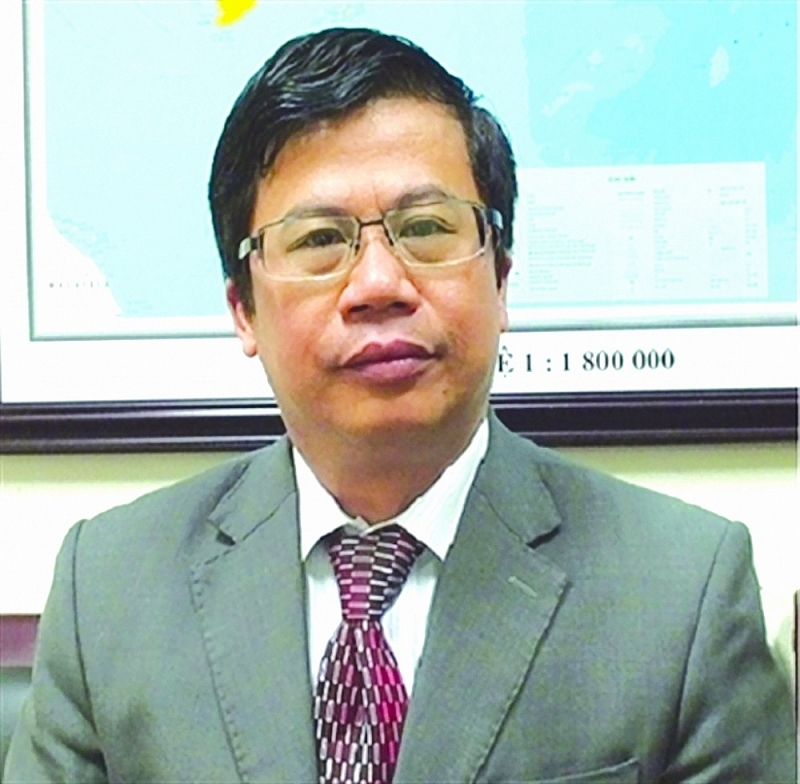 |
| Tong Xuan Chinh, Deputy Director-General Vietnam's Department of Livestock Production (MARD). |
Resolution No. 128/NQ-CP dated October 11, 2021 on promulgating the Government's provisional regulation on "Safe adaptation, flexibility and effective control of the COVID-19 pandemic" clearly mention one of the tasks of the Ministry of Agriculture and Rural Development (MARD) is to find domestic sources of raw materials to produce animal and poultry feed, reducing dependence on imported sources. From the perspective of policy as well as technology, how has the agricultural sector been implementing solutions to realize the above task, sir?
In terms of policies, the MARD has sent a document to the Government and the Ministry of Finance proposing to reduce the MFN import tax rate of wheat products used as feed (HS code 1001.99.99) from 3% to zero, reduce the MFN import tax rate of corn (HS code 1005.90.90) from 5% to 3%.
At the same time, the MARD is developing a Government Decree on support to improve the efficiency of household livestock production in the 2021-2030 period, implementing the Livestock Development Strategy for the 2021-2030 period, with a vision to 2030, approved by the Prime Minister in Decision 1520/QD-TTg dated October 6, 2020.
In order to implement this strategy, the MARD developed five projects including: Industrialization of livestock breeds; animal feed production industry; industrialization of slaughter and processing of livestock products; industrialization of stables and scientific livestock waste treatment; scientific and technological innovation in the livestock industry.
In particular, the project on industrialization of feed production will provide overall solutions to innovate this industry, with solutions to reduce a part of imported feed materials.
In terms of husbandry techniques, livestock households need to use locally available feed materials such as bran, corn, cassava, etc., which are mixed with concentrated feed to reduce the cost of buying complete mixed feed. Large-scale pig farms need to invest in modern technology to be able to store feed in silos and distribute it to each barn. Thanks to that, it will reduce the price of animal feed through saving packaging, labels and “commissions” from distribution agents at all levels.
Some argue that the planning of feed material areas is the most fundamental and central solution to reduce the pressure of relying too much on imported feed materials. What do you think?
| Nguyen Xuan Duong, Vice President of the Vietnam Livestock Production Association: The important factor is importing feed materials at the lowest cost. Vietnam has an open economy. Vietnam exports things with advantages and imports goods without advantages. Currently, imported raw materials for animal feed are mainly concentrated in the group of large grains and protein oils. In which, corn, rice, wheat and soybean account for more than 70%. For example, for every 20 million tons of imported materials, Vietnam imports about 11 million tons of corn; 4-5 million tons of soybean meal. One of the most important problems is how to import at the lowest cost. The reduction of import costs is achieved by measures from deep sea ports, logistics systems. Besides, Vietnam must increase domestic feed production through increasing the area of grass, maize and specialized plants for animal feed; using supplementary feed by taking advantage of agricultural by-products such as fish meal, beer residue, and rice straw. |
Planning the production area of feed materials is really the most important but also the most difficult. This requires synchronous investment in development, institutional innovation in agricultural land management, policies to support transformation and investment in science, technology, and synchronous mechanization, in which GM maize and soybean varieties that are widely cultivated in Vietnam are the "key" to success.
I think it is necessary to have policies and institutions to create favorable conditions for organizations and individuals to accumulate enough agricultural land into large sample fields to apply science and technology in the seeding stage (to plant genetically modified maize with high yield); synchronized mechanization to produce corn, soybean, and maize biomass as feed for livestock.
In addition, quickly transfer 300,000 ha of inefficient agricultural land that the Government has allowed to plant trees as feed materials; guide and expand the cultivation of biomass maize on winter crop land in the North, Central and other localities where conditions permit.
How does the consumption structure of livestock products affect feed supply, sir?
Currently, meat consumption in our country is different from the rest of the world when pork accounts for 70%, poultry meat 20% and meat from grass-fed cattle and other meat accounts for 10%.
Meanwhile in the world, the structure of meat consumption is 40% poultry, 30% pork and 30% beef. Switching from eating pork to eating poultry brings two benefits, including: Saving feed and protecting the environment. Poultry use feed more efficiently than pigs when the feed conversion ratio of chickens is about 1.85-1.85 kg feed/kg live weight compared to producing one kg of live pork requires 2.4-2.8 kg of feed (complete mix). Meanwhile, the proportion of meat is about 70% for both pigs and poultry.
In addition to the above solutions, what do you think about the impact of reducing logistics costs in importing animal feed ingredients as well as reducing "commissions" at the intermediary stages of distribution on feed prices in Vietnam today?
In addition to the above solutions, the reduction of logistics costs in importing animal feed materials, reducing "commissions" at the intermediate stages of feed distribution agents, accounting for about 20-25%, also contributed significantly to the reduction of feed prices. Regarding the breeding process, the innovation and improvement of the breed system, breeding process, feeding, care and nurturing process also contribute to increasing the efficiency of feed use, leading to a reduction in feed product costs.
The final solution is that localities must strictly follow the Government's direction to both prevent and control the Covid-19 pandemic well and develop production, circulation and consumption of livestock products to provide input materials for the livestock production process.
Thank you, sir!
Related News

Applying tax on animal feed ingredient faces problems due to specialized regulations
10:17 | 21/10/2024 Regulations
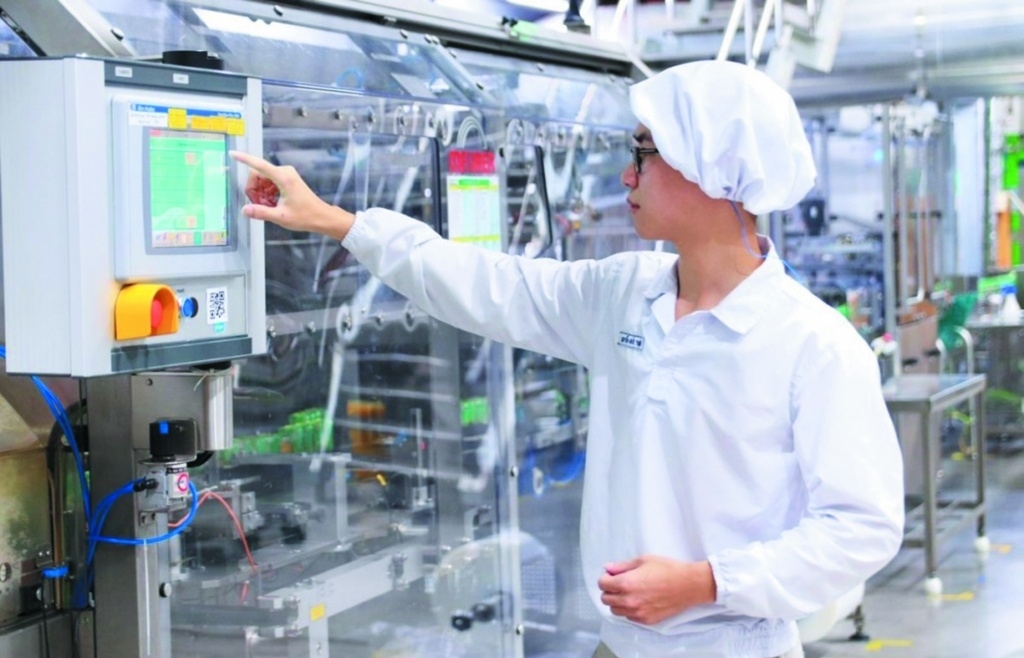
Vietnam still primarily relies on processing and manufacturing with limited automation integration
08:22 | 01/10/2024 Import-Export

Is animal feed containing Formic Acid precursors "helpless" in management?
16:09 | 15/05/2024 Regulations
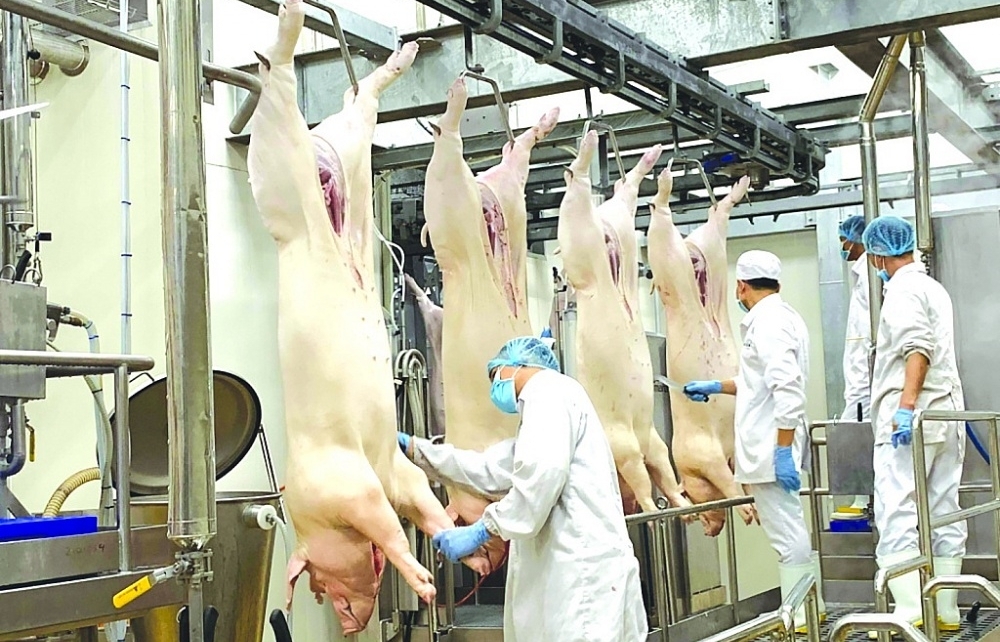
Discharging technical barriers to limit the import of livestock products
10:12 | 02/04/2024 Import-Export
Latest News

SBV makes significant net withdrawal to stabilise exchange rate
07:59 | 15/01/2025 Finance

Việt Nam could maintain inflation between 3.5–4.5% in 2025: experts
06:19 | 11/01/2025 Finance

Banking industry to focus on bad debt handling targets in 2025
14:38 | 03/01/2025 Finance

State Bank sets higher credit growth target for 2025
15:22 | 31/12/2024 Finance
More News
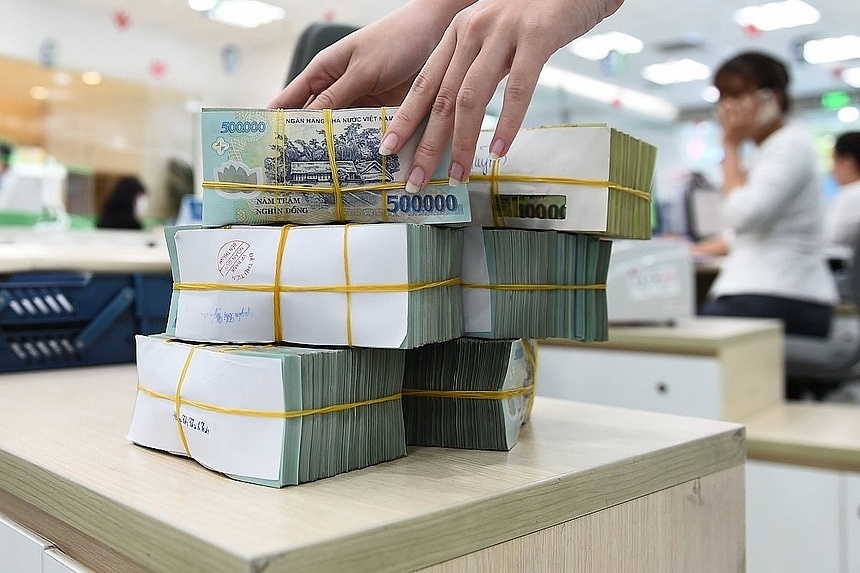
Outlook for lending rates in 2025?
15:20 | 31/12/2024 Finance

Tax policies drive strong economic recovery and growth
07:55 | 31/12/2024 Finance

E-commerce tax collection estimated at VND 116 Trillion
07:54 | 31/12/2024 Finance

Big 4 banks estimate positive business results in 2024
13:49 | 30/12/2024 Finance
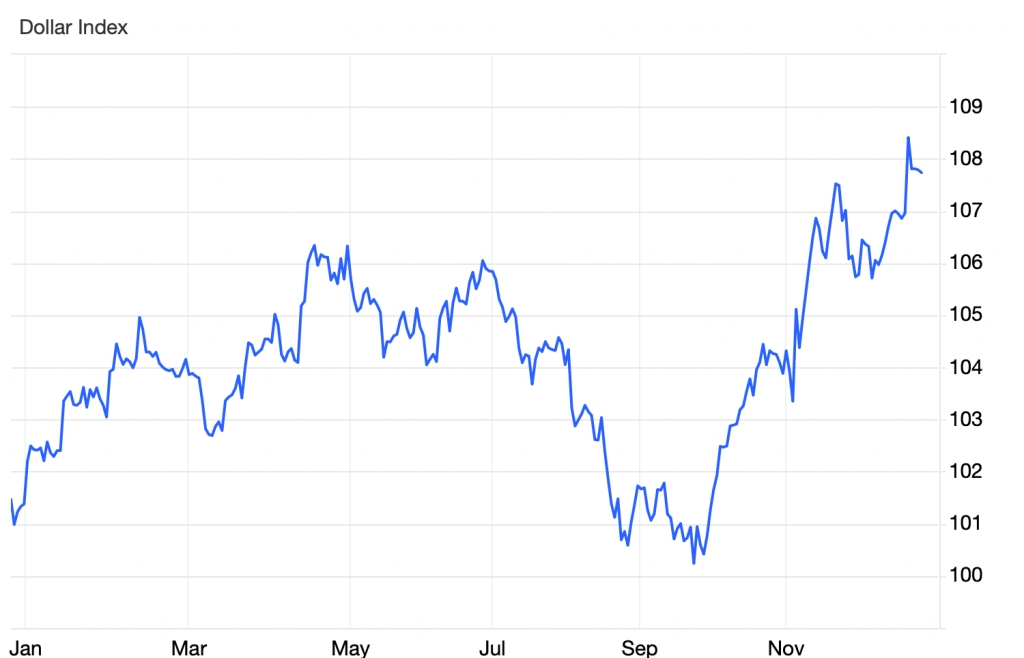
Flexible and proactive when exchange rates still fluctuate in 2025
11:03 | 30/12/2024 Finance
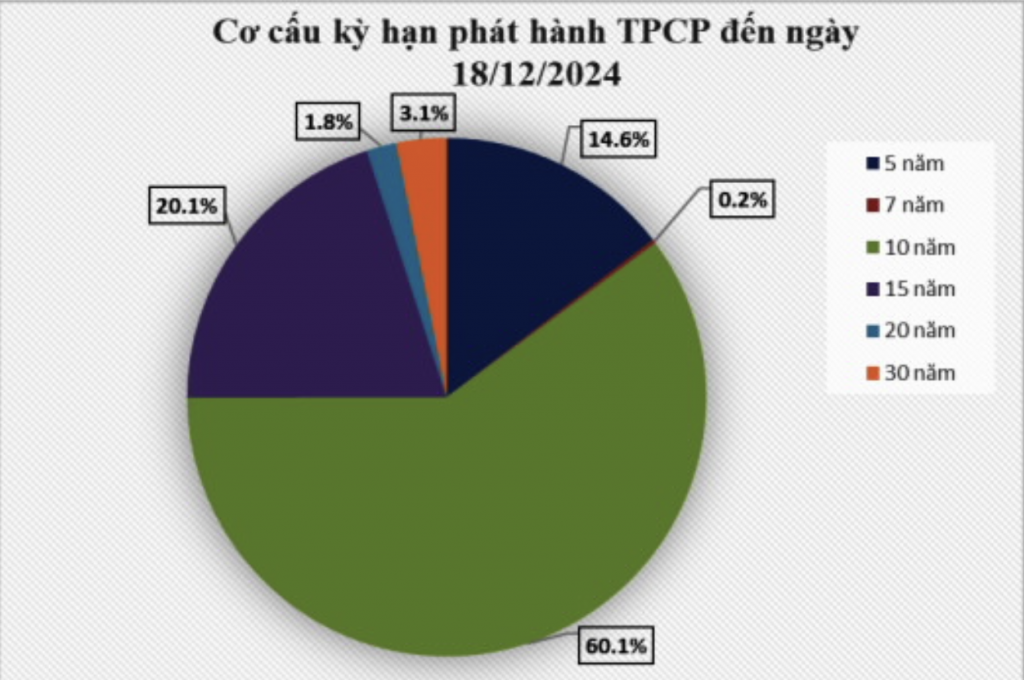
Issuing government bonds has met the budget capital at reasonable costs
14:25 | 29/12/2024 Finance

Bank stocks drive market gains as VN-Index closes final Friday of 2024 on a positive note
17:59 | 28/12/2024 Finance
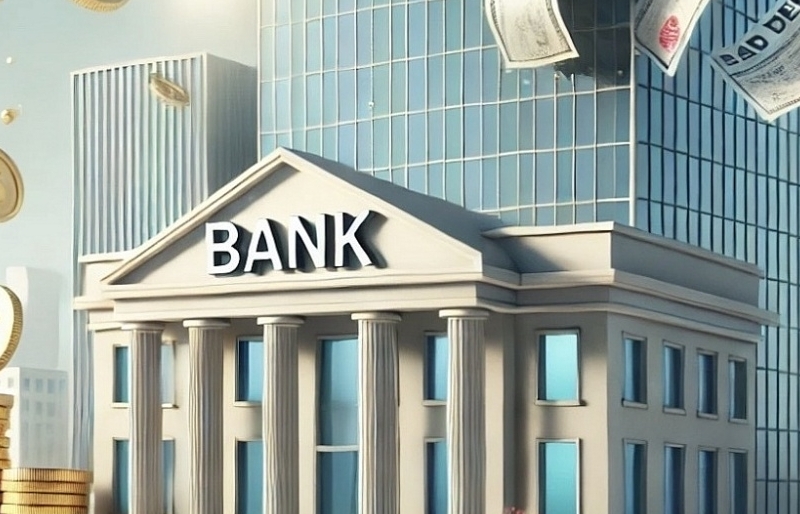
Banks still "struggling" to find tools for handling bad debt
13:47 | 28/12/2024 Finance

Forecast upbeat for banking industry in 2025
14:30 | 27/12/2024 Finance
Your care

SBV makes significant net withdrawal to stabilise exchange rate
07:59 | 15/01/2025 Finance

Việt Nam could maintain inflation between 3.5–4.5% in 2025: experts
06:19 | 11/01/2025 Finance

Banking industry to focus on bad debt handling targets in 2025
14:38 | 03/01/2025 Finance

State Bank sets higher credit growth target for 2025
15:22 | 31/12/2024 Finance

Outlook for lending rates in 2025?
15:20 | 31/12/2024 Finance
